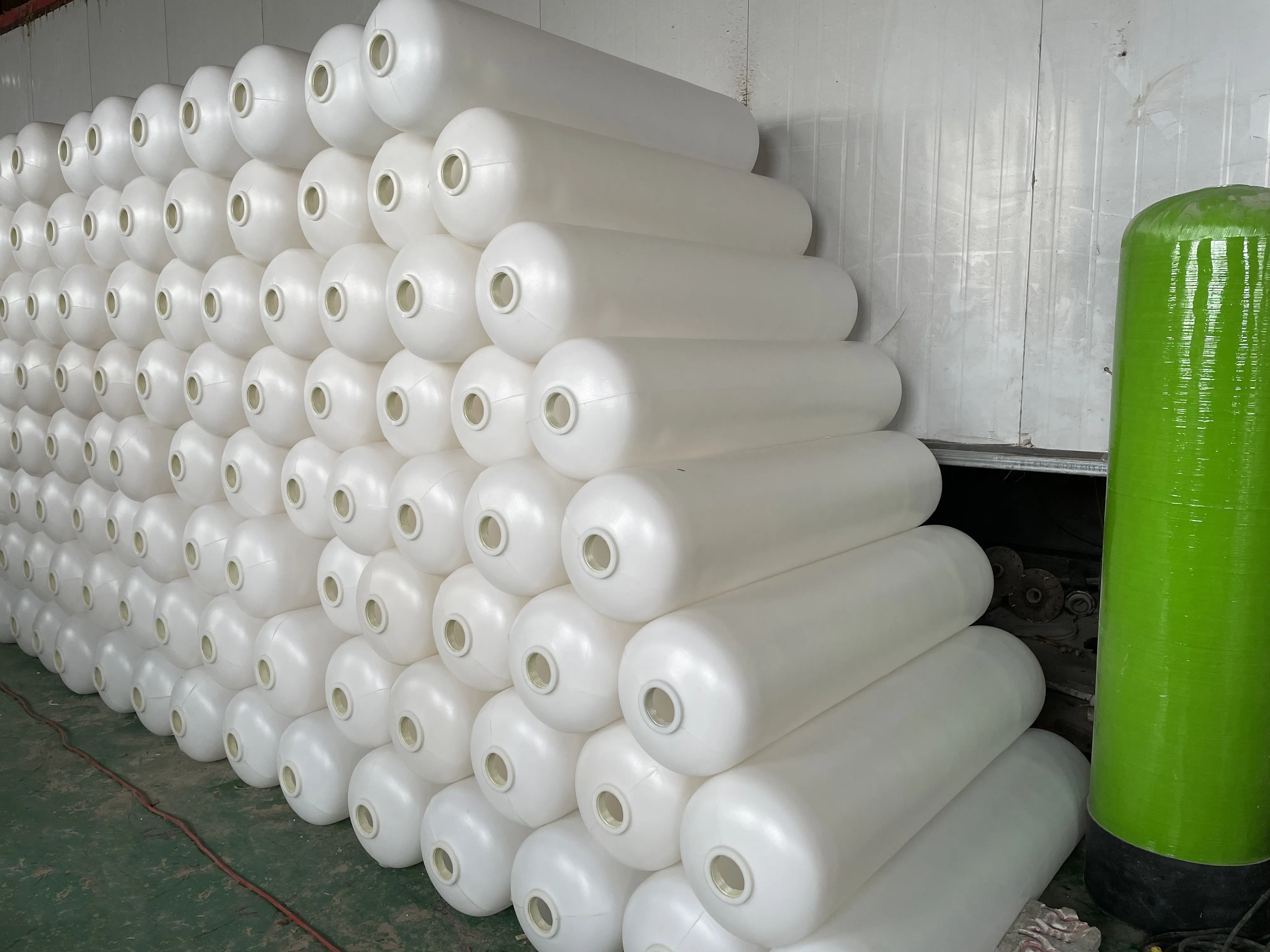loading...
- No. 9, Xingyuan South Street, Dongwaihuan Road, Zaoqiang County, Hengshui, Hebei, China
- admin@zjcomposites.com
- +86 15097380338
- Welcome to visit our website!
Durable and Lightweight FRP Floor Grating Solutions for Enhanced Strength and Safety in Various Applications
Understanding FRP Floor Grating Advantages and Applications
Fiber Reinforced Plastic (FRP) floor grating is becoming an increasingly popular choice across various industries due to its unique properties and numerous advantages over traditional materials. FRP, a composite material made of a polymer matrix reinforced with fibers, typically glass, has been recognized for its durability, lightweight nature, and resistance to corrosion.
What is FRP Floor Grating?
FRP floor grating is essentially a flooring solution that consists of a mesh or grid-like structure made from FRP materials. It is designed to provide a stable, slip-resistant surface suitable for walkways, platforms, and work areas in industrial, commercial, and residential applications. The grating is manufactured in various shapes and sizes, allowing it to be customized for specific structural needs.
Advantages of FRP Floor Grating
One of the most significant advantages of FRP floor grating is its exceptional strength-to-weight ratio. Unlike traditional materials like steel or aluminum, FRP grating is much lighter, making it easier to handle and install without compromising strength. This characteristic is particularly beneficial in environments where weight is a concern, such as in elevated platforms or structures.
Another major selling point of FRP floor grating is its resistance to corrosion. Conventional metal gratings can rust and corrode when exposed to harsh chemicals or saline environments, limiting their lifespan and increasing maintenance costs. In contrast, FRP is inherently resistant to a wide range of chemicals, making it ideal for use in locations like chemical plants, wastewater treatment facilities, and marine environments. This durability can lead to significant long-term cost savings.
frp floor grating

Moreover, FRP floor grating is non-conductive, making it an excellent choice for electrical safety in industrial settings. It does not conduct electricity, reducing the risk of electrical hazards. Additionally, the grating can be engineered to provide excellent slip resistance, enhancing safety for workers in various environments.
Applications of FRP Floor Grating
FRP floor grating finds applications in a wide range of industries. In the construction and engineering sectors, it is often used for walkways, platforms, and stair treads. The lightweight nature of FRP helps in reducing the overall load on the structure, which is vital for ensuring stability and safety.
In chemical processing plants, the corrosion-resistant properties of FRP make it the preferred material for areas exposed to harsh chemicals. The food and beverage industry also benefits from FRP grating as it meets hygiene standards and is easy to clean, minimizing the risk of contamination.
Moreover, FRP flooring is being increasingly adopted in marine applications. Marinas and docks utilize FRP grating for walkways due to its resistance to saltwater and harsh marine environments. The material withstands the rigors of weather and provides a safe, slip-resistant surface for users.
Conclusion
As industries continue to seek reliable, durable, and cost-effective flooring solutions, FRP floor grating stands out as a premier choice. Its numerous benefits, including lightweight construction, corrosion resistance, electrical safety, and slip resistance, make it an invaluable material in various applications. Whether in industrial settings, commercial establishments, or residential areas, FRP floor grating offers a practical and forward-thinking alternative to traditional flooring materials, generating continued interest and innovation in its use.
-
Premium FRP Handrail for All ApplicationsNewsAug.29,2025
-
Low Maintenance FRP Mini Mesh Grating ProductsNewsAug.29,2025
-
Innovative FRP Square Tubes for Modern Industrial SolutionsNewsAug.29,2025
-
FRP Water Storage Tanks Wholesale Solutions for Bulk BuyersNewsAug.29,2025
-
FRP Molded Grating Solutions for Diverse Industrial ApplicationsNewsAug.29,2025
-
Construction Advancements Through FRP Pultruded ProfilesNewsAug.29,2025
-
Why Choose FRP Railings, Guardrails, and Handrail Systems?NewsAug.29,2025
